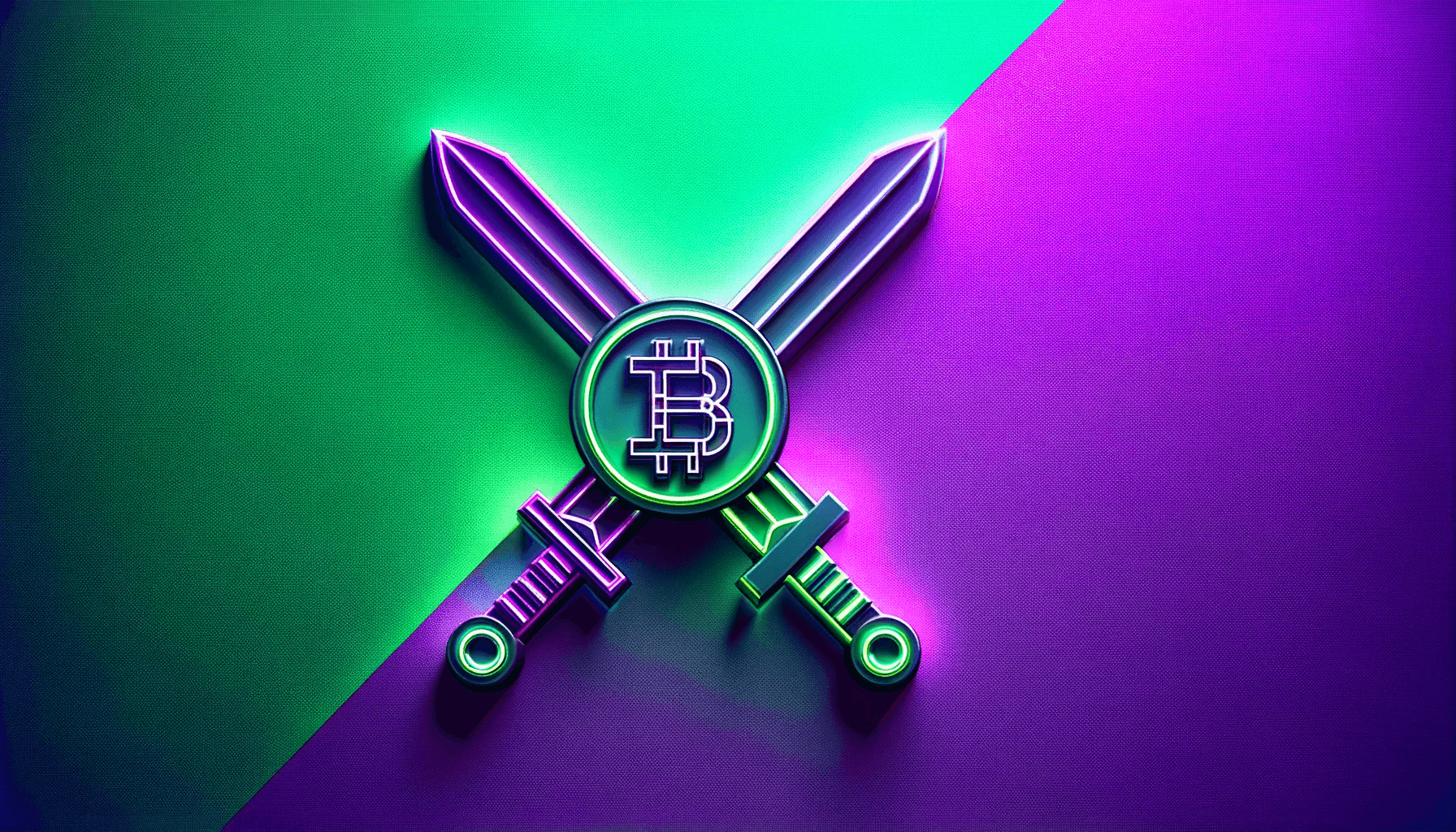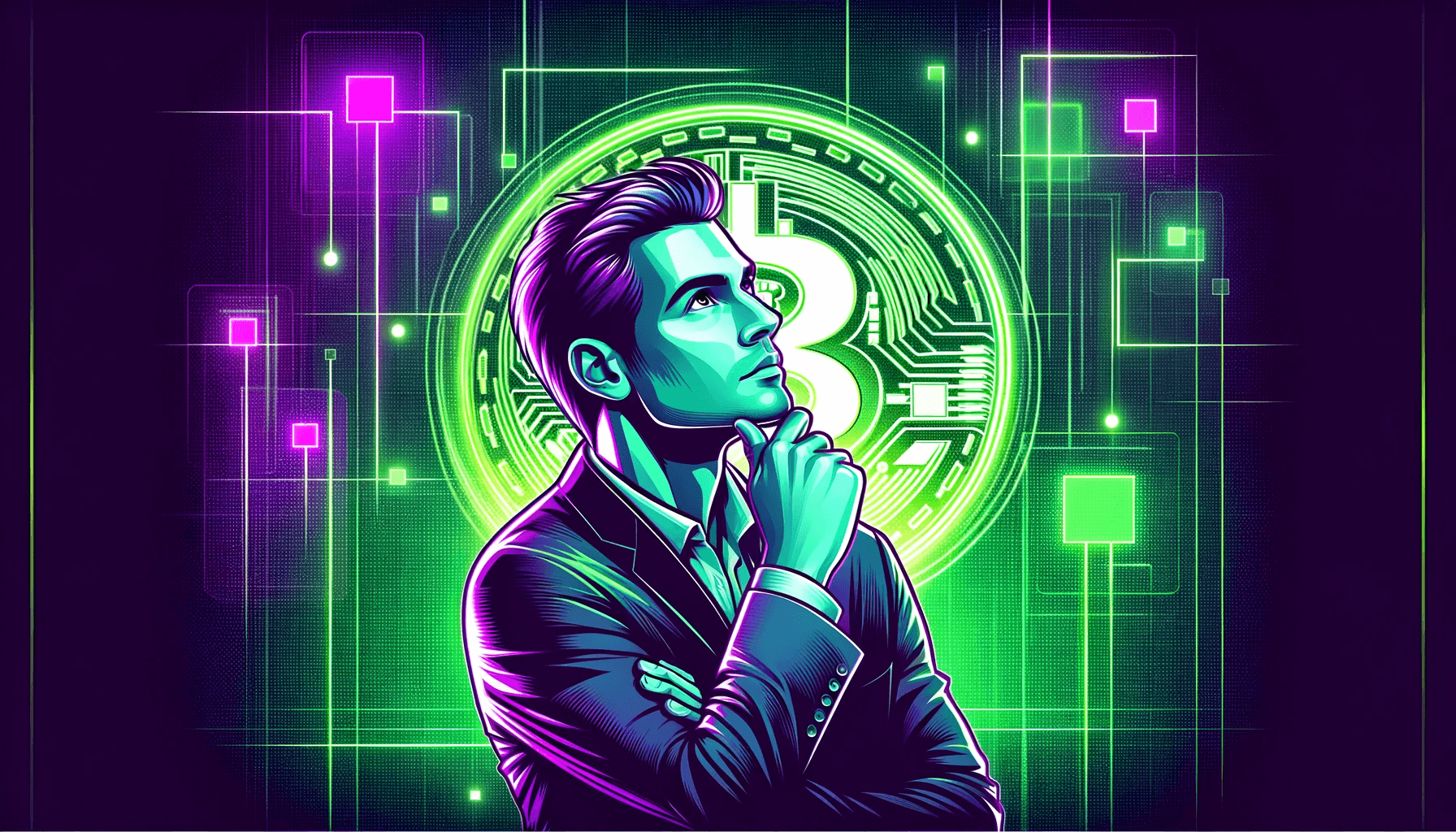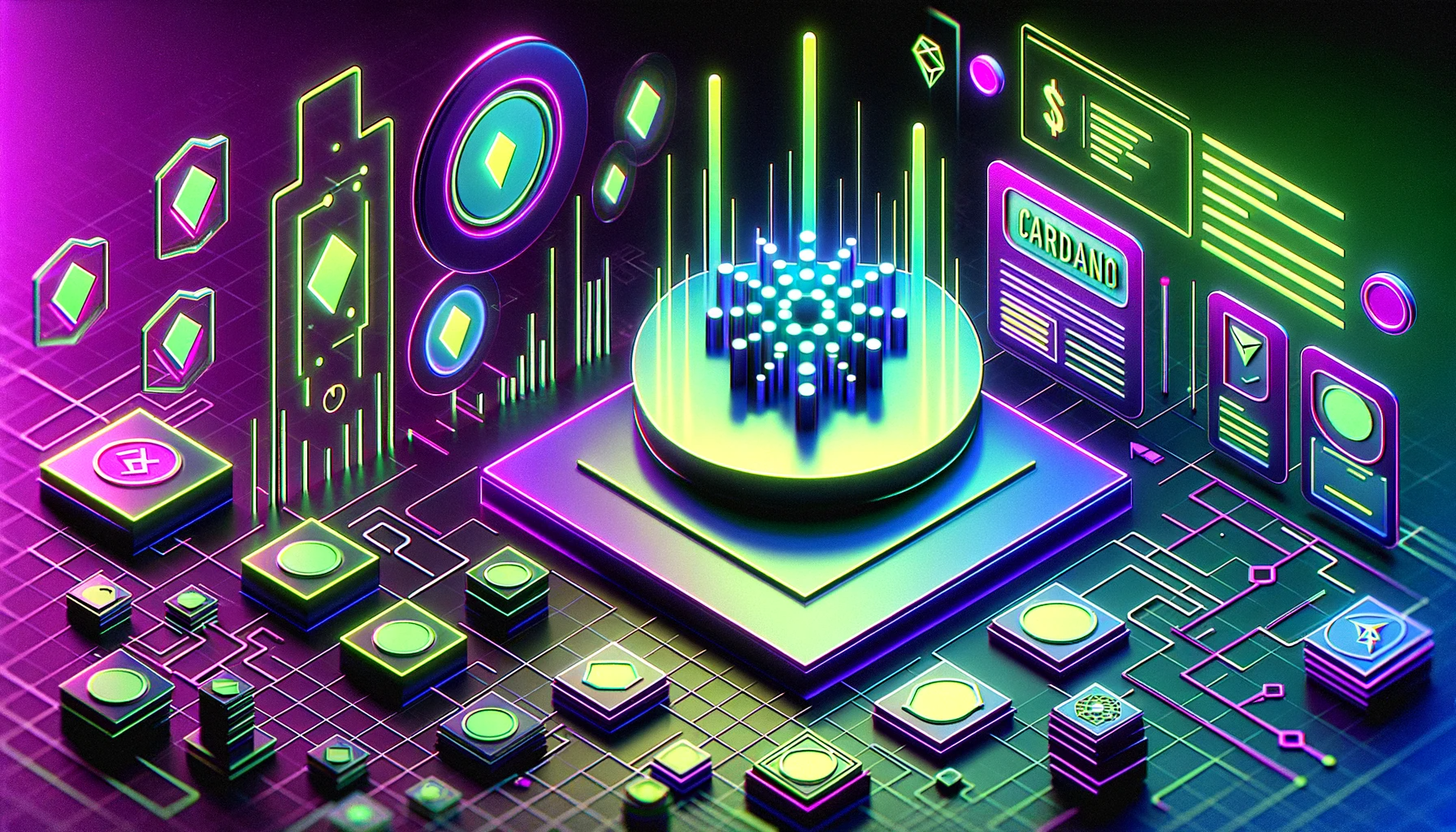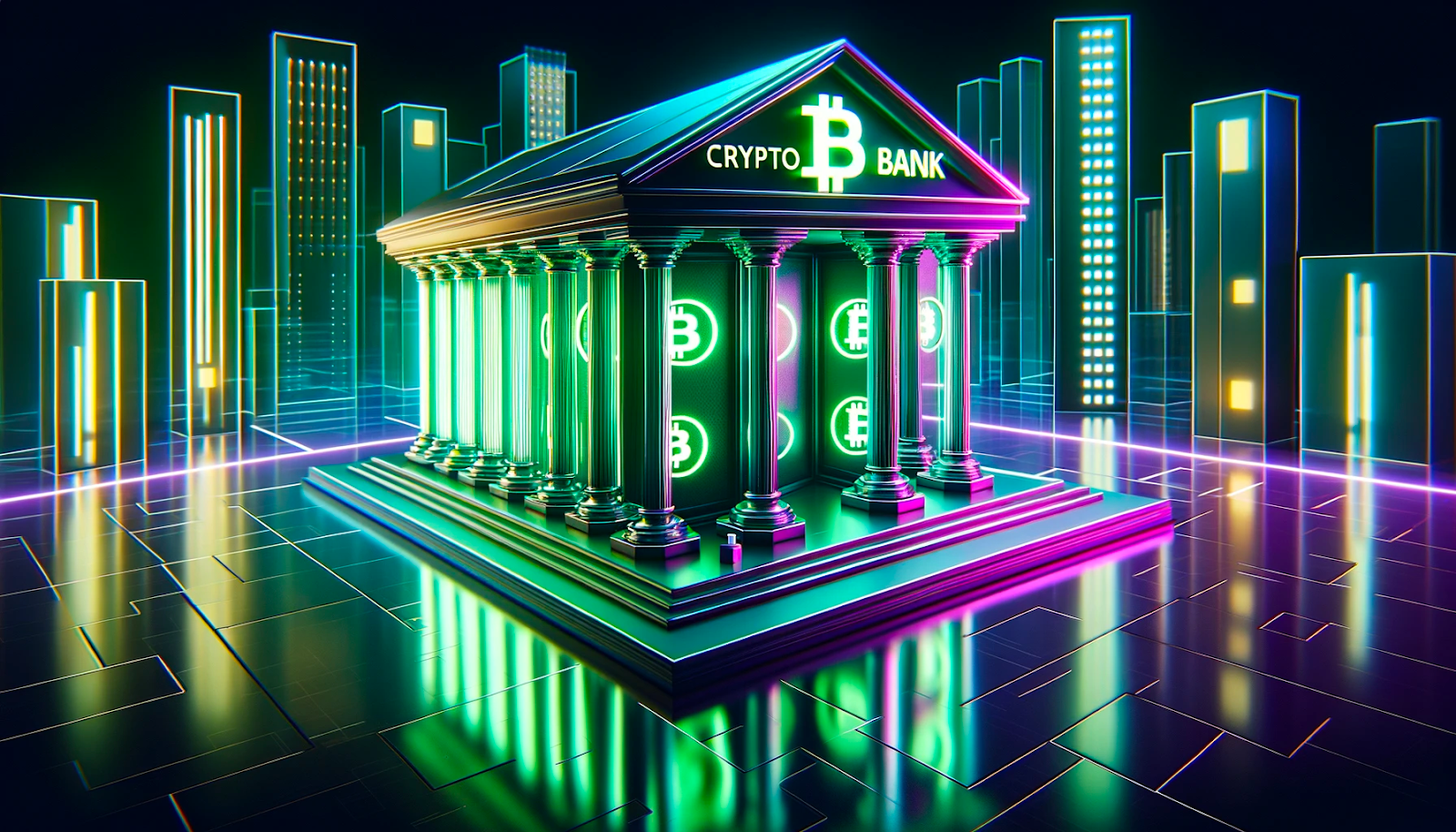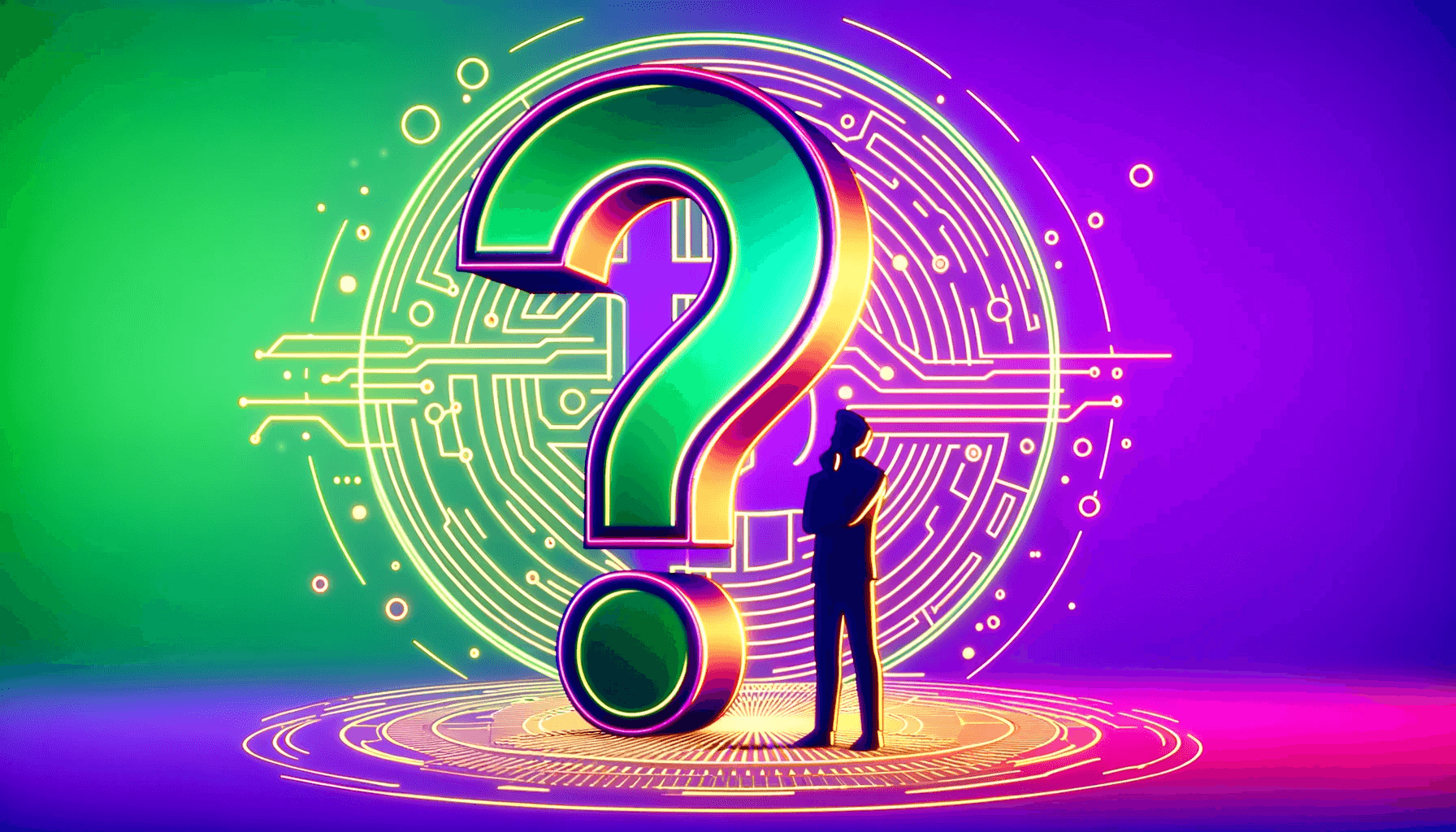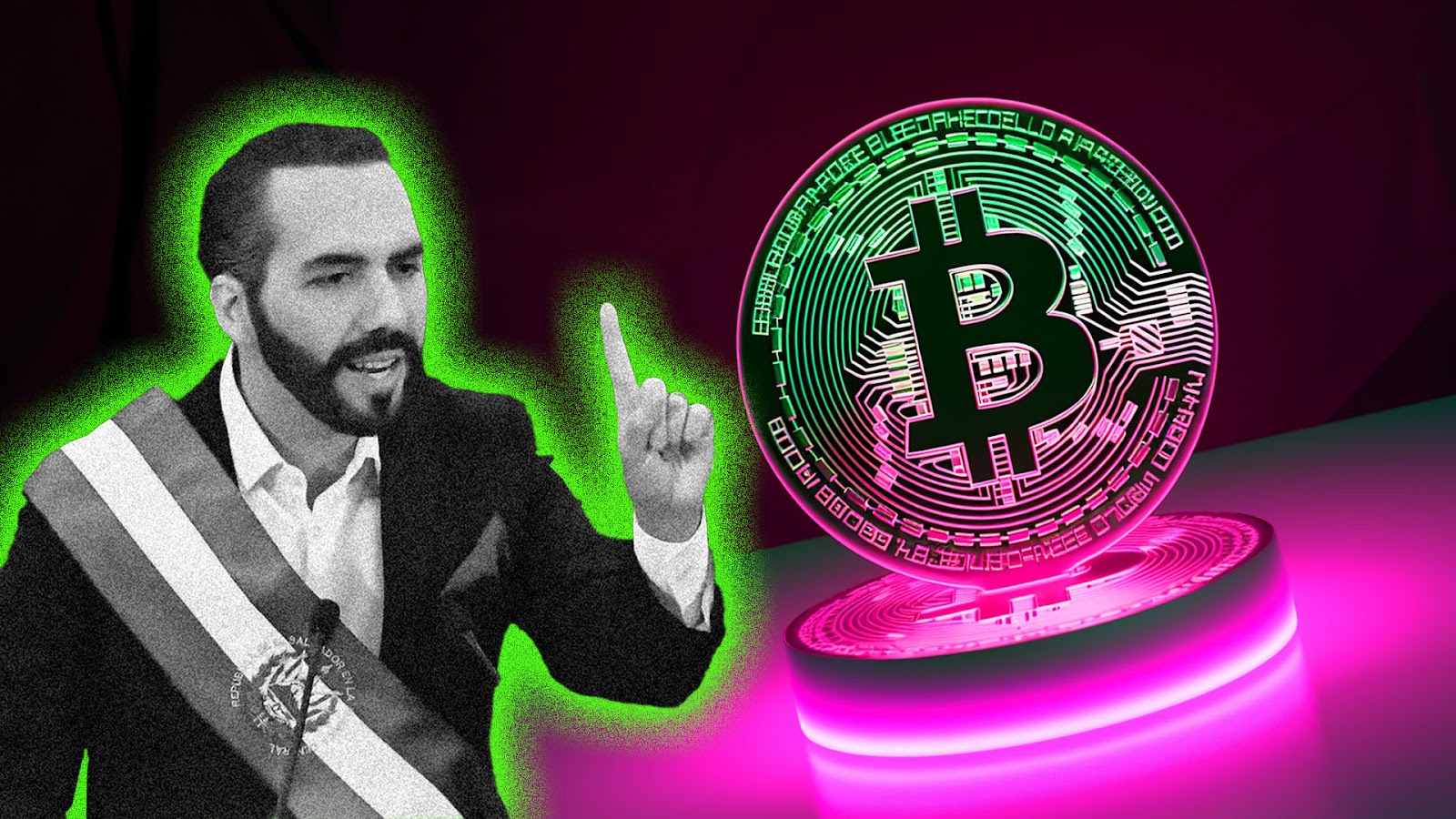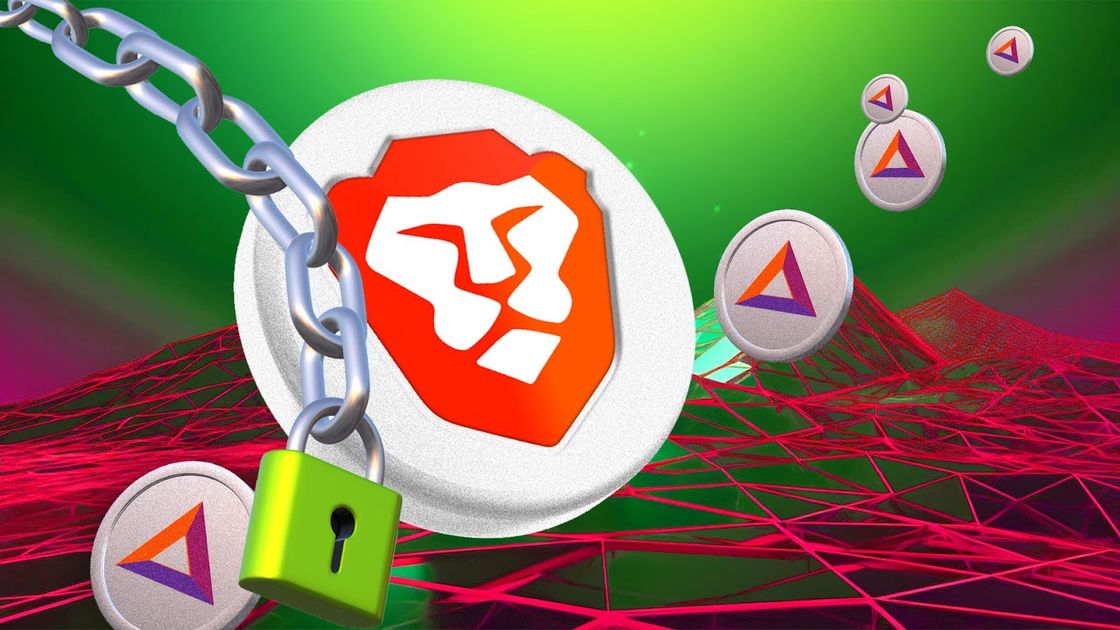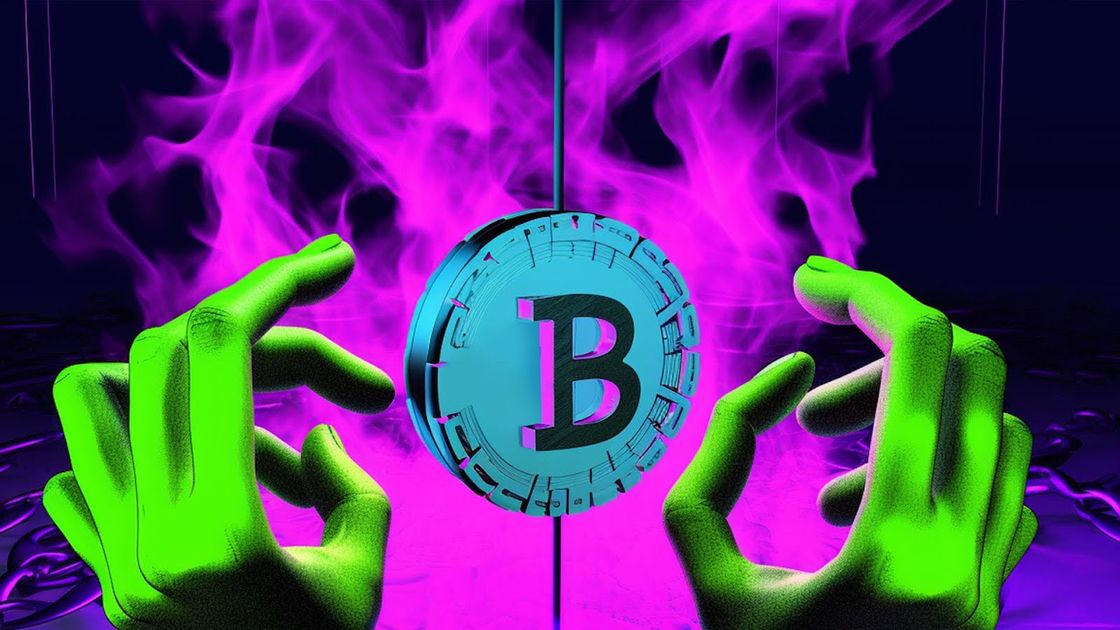
DeFi projects often talk about decreasing the supply of their tokens through ‘burning’... but what does it mean to burn crypto?
What Does it Mean to Burn Crypto?
Burning cryptocurrencies is a process that involves removing tokens from a circulating supply, further leading to a reduction in usable tokens.
Here, the ‘burnt’ tokens are sent to a ‘burner’ or ‘eater’ crypto wallet address that is unable to do anything other than receive coins. Such wallets are also outside of the network in question, meaning the burnt tokens are totally cut from the circulating supply.
What Does it Mean to Burn Crypto? - A Further Understanding
Cryptocurrency traders are assigned a designated address for sending and receiving respective coins - be it self-custody options such as MetaMask, or addresses on centralised exchanges (CEX) such as Coinbase.
Much like using an email address to send and receive emails as you please, blockchains understand that each cryptocurrency address is owned by a particular user, and therefore they’re deployed for transactions as individually-owned digital wallets.
However when a coin is sent to a wallet address specifically designed to only receive coins - often referred to as an ‘eater’ or ‘burner’ address - the tokens it receives are effectively ‘burned’/irreversibly lost.
Cryptocurrency wallets typically come with private keys enabling access to stored tokens, however burner addresses lack a private key, therefore meaning they’re unable to be accessed.
What Does it Mean to Burn Crypto? - Practical Applications
‘Burning’ currencies isn’t a particularly new concept, as for years, central banks have been adjusting the amount of circulating currency supplies in order to adjust its respective purchasing power.
However, that being said, purchasing power alterations aren’t the only reason for burning cryptocurrencies…
Intentional Burns to Increase Value
Publicly traded companies engage in stock buybacks to decrease the number of shares in circulation.
This practice is generally aimed at increasing the value of shares and improving the company's financial performance, however it doesn't always achieve the intended results and can sometimes have the opposite effect. Share repurchases are also employed as a control strategy, allowing companies to thwart hostile takeovers (wherein individuals buy shares to secure a majority stake - and therefore ownership - of the company).
A similar principle is applied to the burning of cryptocurrencies. By reducing the circulating supply of tokens, entities undertaking token burning aim to increase the tokens' value by making them more scarce. This strategy helps control the coin supply, preserving or amplifying the value of their own holdings.
Proof-of-Burn
Proof-of-burn (PoB) stands as one of the various consensus mechanism algorithms employed by blockchain networks in order to establish unanimous agreement among participating nodes. Further, a consensus mechanism is applied to protocols that utilise multiple validators in order to confirm the validity of a transaction.
Often referred to as a proof-of-work (PoW) system without energy waste, PoB operates by enabling miners to burn virtual currency tokens, which subsequently earns them the privilege to generate blocks (mine) in proportion to the coins consumed.
In the process of burning coins, miners transfer them to a designated burner address. This procedure minimises resource consumption, primarily limited to the energy expended in mining the coins before their combustion, ensuring the network's sustained activity and agility.
Depending on the implementation, participants may burn either the native currency or the currency of an alternative chain (in return for a reward in the native currency token of the blockchain).
In essence, this continuous burning activity contributes to the network's agility, with participants being incentivised for their actions.
Burning to Promote Mining Balance
To mitigate the potential of unjust advantages being handed to early adopters, the PoB system incorporates a mechanism that advocates the periodic burning of cryptocurrency coins. This approach aims to sustain equilibrium between early-adopting miners and new users entering the system.
The pace at which coins are generated through PoW mechanisms diminishes with each newly mined block. Such design encourages ongoing engagement from miners, as rather than initially mining a coin and holding it, they are required to burn their early coins and mine fresh ones.
As the PoW mining process becomes increasingly challenging with the creation of more coins, it becomes harder for early investors or well-funded entities with extensive mining operations to maintain majority ownership over the coins.
What Does it Mean to Burn Crypto? - FAQ
How Do You Burn Cryptocurrency Tokens?
Cryptocurrencies are burned by sending them to a ‘burner’ or ‘eater’ crypto wallet address that can only receive tokens (and therefore can’t send any). In essence, such process removes the in-question tokens from circulation, or in other words, ‘burns’ them.
Is Burning Cryptocurrency Good or Bad?
The process of cryptocurrency burning removes tokens from circulation, akin to the concept of corporate stock buy-backs. The impact of such process on a respective cryptocurrency project can either prove advantageous or backfire, depending on the sentiments of investors and users, as well as the effects of evolving supply and demand dynamics on prices.
Why Do Companies Burn Cryptocurrency?
Developers typically initiate token burning. In practice, the action diminishes a token’s supply, which theoretically contributes to a rise in its price (and therefore providing additional benefits to investors).
Does Crypto Go Up After a Burn?
Frequently, cryptocurrency developers are the ones making the decision to burn a specific amount of tokens. The act of coin burning diminishes the overall supply, creating scarcity in the tokens of that cryptocurrency. This scarcity has the potential to drive up prices, however this is never promised.
Will I Lose My Crypto if They Burn?
Burn transactions are logged on the blockchain like any other transaction, rendering ‘burned’ tokens permanently unusable. During each destruction round, projects subtract a predetermined quantity of tokens from the original total supply, ensuring there is an irreversible reduction in the amount of coins in circulation.
Want More Cutting-Edge Crypto News?
Follow Us: X TikTok Instagram Telegram LinkedIn
Sign up to our newsletter at the bottom of the page
Check Out Our Top 10 Crypto Currencies of 2023
This article is intended for educational purposes and is not financial advice.


